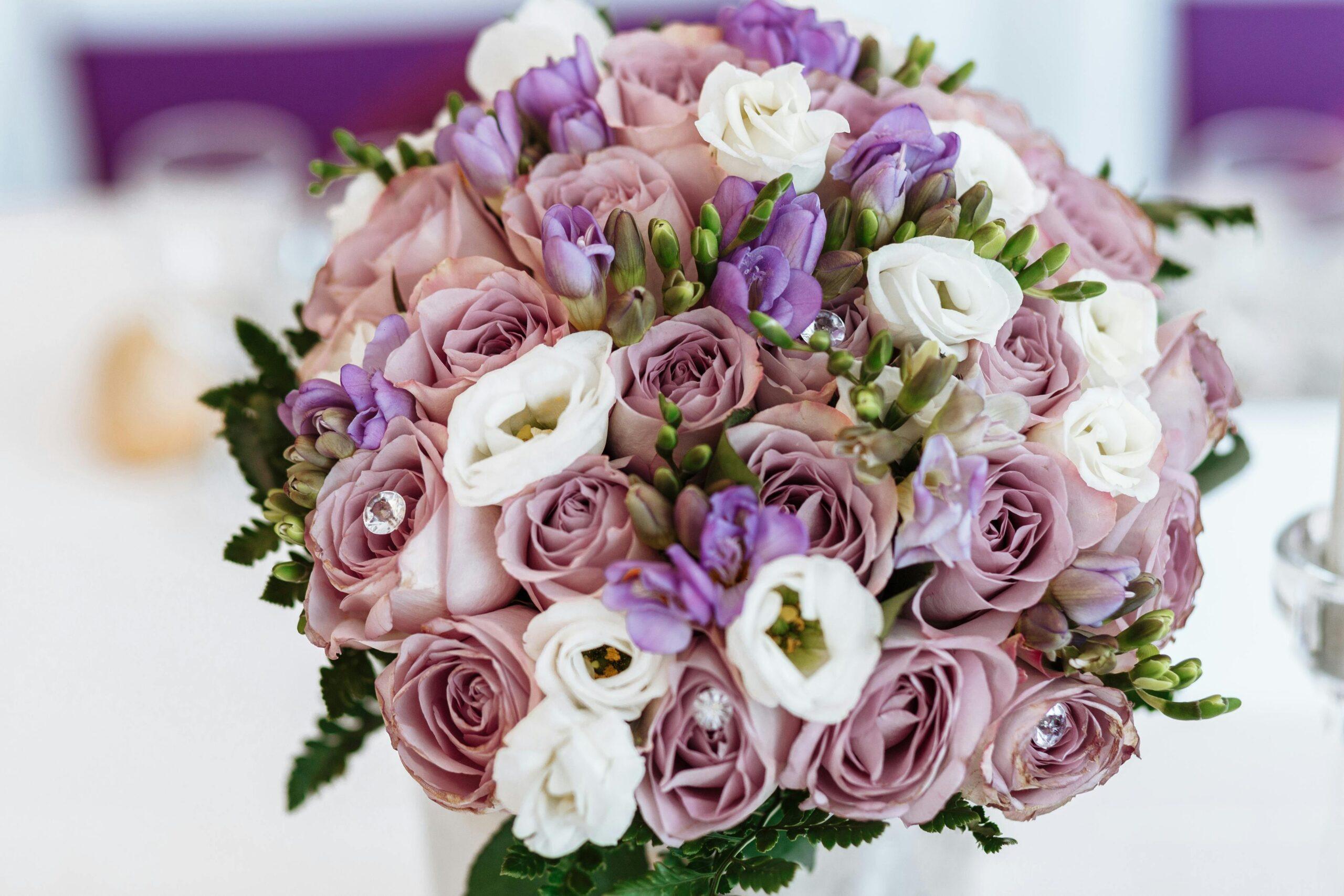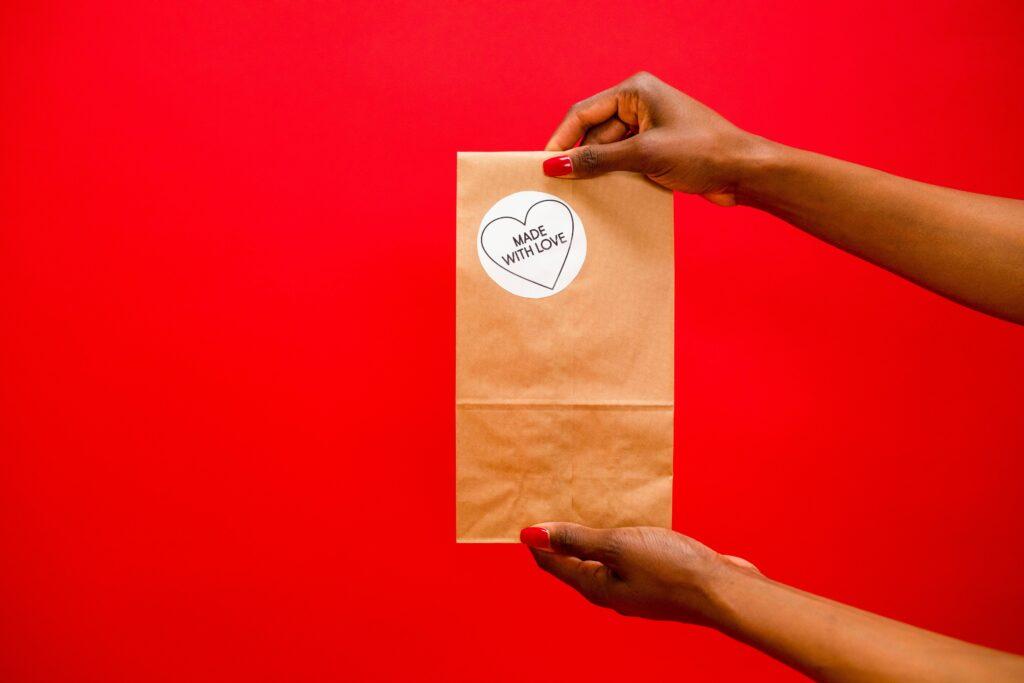Ever wondered why your skincare routine feels incomplete, no matter how many products you buy? Let me tell you about the secret weapon I stumbled upon after months of trial and (a LOT of) error: organic flower bouquets. That’s right—those beautiful blooms aren’t just for Instagram—they could transform how your skin looks and feels.
Table of Contents
- Why Flower Bouquets Matter in Organic Beauty
- How to Use a Flower Bouquet for Skincare
- Best Practices for Picking & Using Organic Flowers
- Case Study: A Real Transformation Story
- Frequently Asked Questions
Key Takeaways
- Organic flowers are packed with natural antioxidants that benefit the skin.
- You can use them directly or infuse them into oils and toners for DIY skincare routines.
- Always source your flower bouquet from trusted organic suppliers.
- Avoid overusing petals; moderation is key!
Why Do Flower Bouquets Matter in Organic Beauty?
Picture this: You walk past a florist shop, and the intoxicating scent of fresh roses hits you. That’s nature’s spa experience at work. Flowers like lavender, chamomile, and calendula have been used traditionally for centuries due to their calming, healing, and nourishing properties.
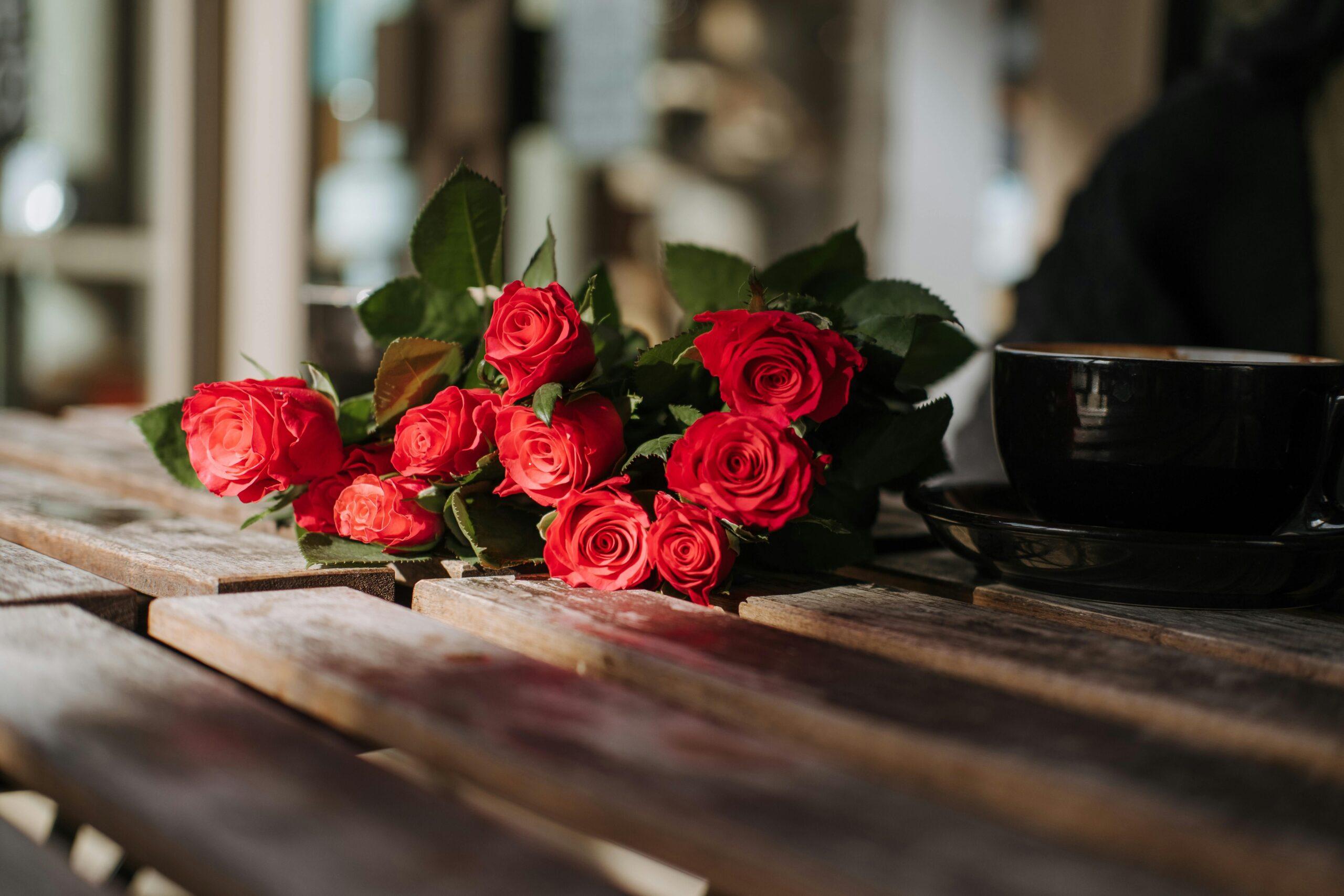
I once bought what I thought was an “organic” rose bouquet only to discover it had been sprayed with pesticides. Ugh—the irony hurt almost as much as my breakout afterward. Trust me, not all bouquets are created equal!
How to Use a Flower Bouquet for Skincare
Now let’s get practical. Here’s how you can incorporate an organic flower bouquet into your routine:
- Pick the Right Blooms: Opt for pesticide-free, organically grown flowers such as rose, hibiscus, or jasmine. These contain vitamins and antioxidants beneficial for the skin.
- Create Petal Water: Steep fresh petals in distilled water overnight. Strain and store the liquid in a spray bottle for a refreshing toner.
- DIY Face Mask: Blend mashed petals with honey or yogurt for a hydrating mask rich in nutrients.
- Bath Soak Luxury: Toss dried lavender and chamomile heads into your bathwater for detoxifying relaxation.
Optimist You:* “This sounds amazing!”
Grumpy You: “Okay, cool, but who has time to steep petals?!”* Don’t worry—it takes 5 minutes tops.
Best Practices for Picking & Using Organic Flowers
Ready for some insider know-how? Here are my top tips:
- Source Wisely: Choose certified organic farms or local growers who avoid chemicals.
- Storage Matters: Store your bouquet in a cool, dry place away from sunlight to preserve its potency.
- Patch Test First: Always test new flower-based concoctions on a small patch of skin to avoid allergic reactions.
- Skip These Mistakes: One *terrible* tip floating online suggests boiling petals instead of steeping—they lose most of their goodness if overheated!
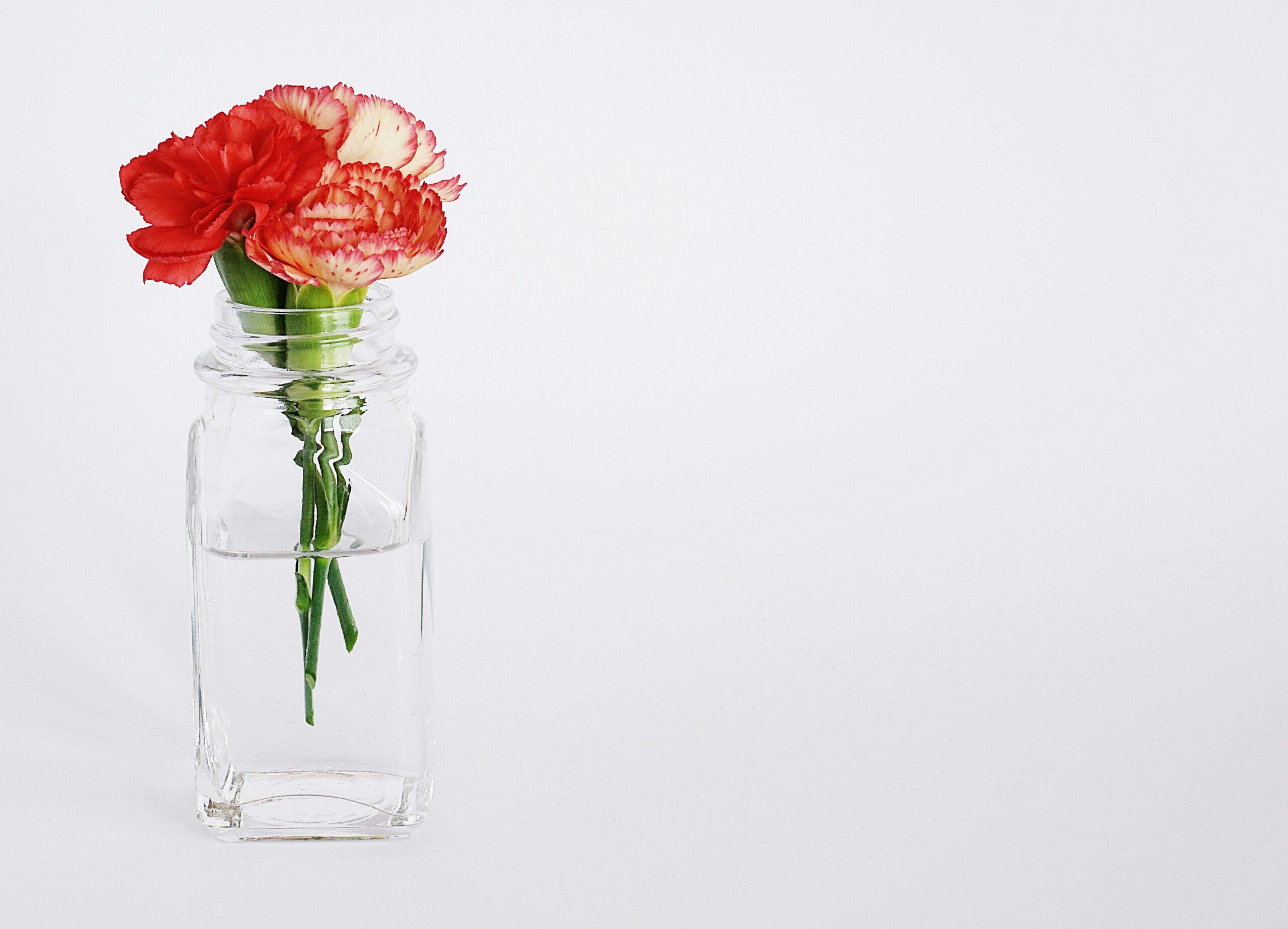
Case Study: How Organic Flowers Transformed Sarah’s Skin
Meet Sarah—a 32-year-old graphic designer struggling with dull, dehydrated skin despite spending hundreds on high-end creams. After incorporating organic flower-based toners and masks into her regimen three times weekly, she reported brighter, softer skin within four weeks. Her secret? Consistency + quality ingredients.
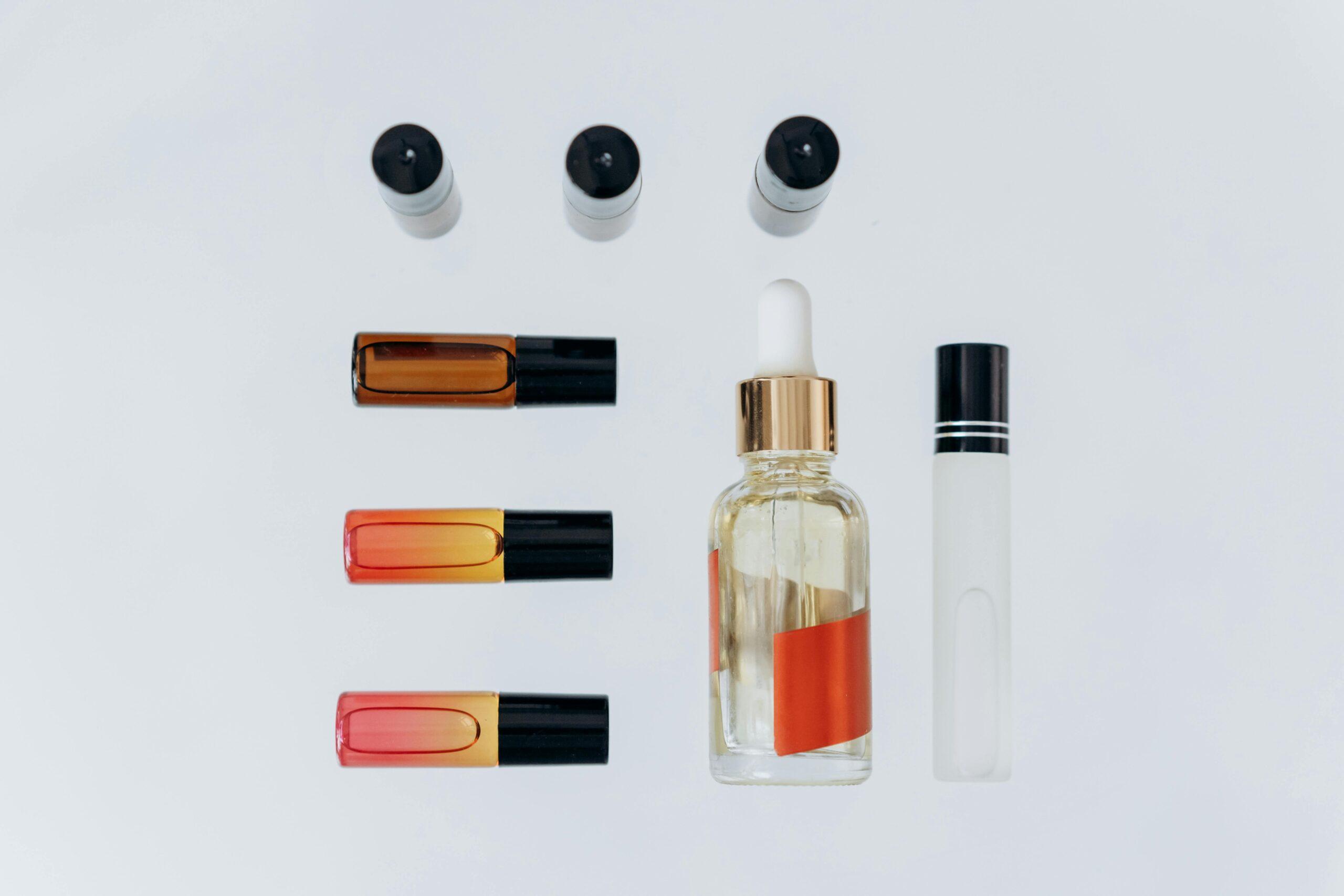
Frequently Asked Questions
Can Any Flower Be Used for Skincare?
Nope. Stick to non-toxic varieties like rose, calendula, and lavender. Avoid poisonous plants like oleander or foxglove.
Where Can I Buy Organic Flower Bouquets?
Check Etsy shops specializing in organic blooms, farmers’ markets, or eco-friendly online stores.
How Often Should I Use Flower-Based Products?
Once or twice a week is enough. Overdoing it might irritate sensitive skin.
Conclusion
Incorporating organic flower bouquets into your beauty routine isn’t just romantic—it’s smart skincare science. From soothing baths to nourishing face masks, these natural wonders pack serious power. Remember: Start small, source wisely, and enjoy the process. Because glowing skin deserves chef’s kiss-worthy treatment.
Like Aqua Teen Hunger Force once said: “It’s called life, Morty. Deal with it.” But hey—at least now you’ll glow while dealing.
Petals, soft whispers, / Nature’s gift to thirsty skin— / Bloom where you’re planted.
